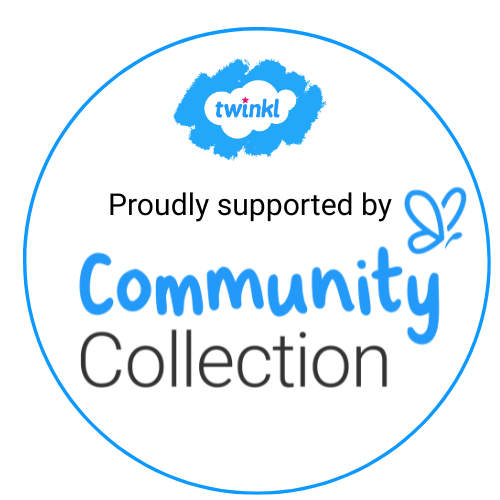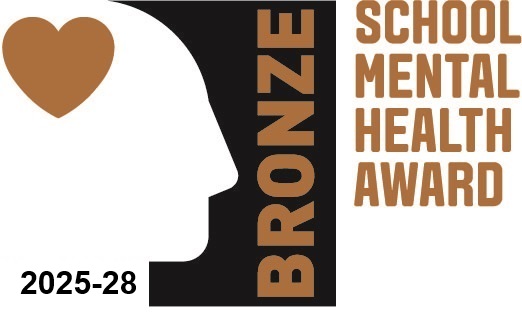TikTok - a guide for parents
TikTok – a guide for parents

TikTok is a social media platform that allows users to express themselves through singing, dancing, lip-synching and comedy videos that can be shared with others in the TikTok community.
WHAT IS IT?
This social network app is from the creators of Musical.ly. As Musical.ly officially went offline in 2018, TikTok (known as Douyin in China) has taken its place offering the user the ability to watch musical clips, create short clips up to 60 seconds and add special effects to them. All the content that was hosted on Musical.ly is now on TikTok. So if your child had a Musical.ly account they will now be able to access this content on TikTok. Currently, the app is available in 75 languages with 1 billion active users (December 2019). Like Musical.ly before it, it is most popular with under 16s. It has also now become the most downloaded app of 2019.
As of 2019, in response to an FTC settlement, there’s a separate section of the app for users under 13. That experience only lets users view curated videos: They can’t comment, search, or post their own videos, and their data isn’t collected. Because access to that area of the app only requires the user to enter a birthdate, the app is still recommended for older teens.
HOW TO CREATE AN ACCOUNT?
Users, or formerly known as ‘musers’, can either sign up using their Facebook, Instagram, Twitter or email account.
WHY DO TEENS LIKE IT?
Tik Tok is a fun app that allows teens to create and share videos with their friends. Since the early days of social media (in particular on YouTube,) lip-syncing videos have proved a popular form of user-generated content among teens. The popularity of TV shows such as Lip Sync Battle has also helped drive interest in this type of platform. Teens also enjoy competing in the different challenges which can be entered via the trending hashtags on the app. The app has a very dedicated, young community of users. For many of these users, gaining likes, followers and getting their videos featured on the app are important priorities. Creating and sharing their own content is now a big part of how teens spend their time online. Teens are moving away from being spectators online to becoming content creators. This app can be a really creative way, fun way for teens to express themselves and create their own social content.
HOW DOES IT WORK?
Like most other apps and social networks, users can follow other users, like and comment on other users’ videos. Teens can send emojis to their favourite singer on TikTok.
Users can select the song they wish to use in their video first, then record themselves miming along to the music. Alternatively, users can record their video first and then select a song. The app has lots of ways to add more fun to user’s videos, for example, there are options to shoot in slow-mo, time lapse, fast forward, filters, effects or even play the song backward etc. Once users are happy with their video, they can post it to their followers and share it on other social networks for example; Messenger, Vine, WhatsApp etc. There is also a duet feature which allows you to connect with another user and lipsync together. The search tool allows users to view other videos. Users can also view content under the trending hashtags and submit videos using these hashtags (similar to how Instagram works). The hashtags are also used to submit videos for challenges – for example; #Lipsncychallenge, #Comedychallenge, etc.
WHY SHOULD PARENTS CARE?
- TikTok is rapidly becoming the most downloaded app.
- According to ProductHunt.com, the TikTok app has more downloads than Snapchat, Spotify, and Gmail combined on the App Store (as of August 2018).
- The TikTok app mixes self-deprecating humour with the latest pop music, making it popular with students.
- There are only two privacy settings on the app: Private: only the creator can watch their videos and Public: anyone on the app can see their videos.
- By default, all accounts are public unless the privacy settings are changed.
- Apps like TikTok can allow strangers to direct message your children, although this has been restricted in the new safety settings.
- Musical.ly app users have been automatically transferred to the TikTok app.
WHAT SHOULD PARENTS BE CONCERNED ABOUT?
- When you download the app users can see all the content without creating an account although they are not able to post, like or share anything until they’ve set up an account on the app.
- You can set up your account by using your existing Google, Facebook, Instagram account, via email or phone.
- By default all accounts are public so anyone on the app can see what your child shares. However, only approved followers can send them messages.
- Users can like or react to a video, follow an account or send messages to each other. There is the risk that strangers will be able to directly contact children on the app.
- Children may be tempted to take risks to get more of a following or likes on a video so it’s important to talk about what they share and with who.
- To delete an account you have to request a code from the app using a phone number.
WHAT CAN PARENTS DO?
- Learn how to keep your kids safe on the TikTok app.
- Monitor and have a dialog about the apps your children are using.
- Always be on the apps your students use. No monitoring app is better than having a regular digital safety conversation with your children.
- Consider creating a Family Cell Phone Contract before giving your students access to a mobile device.
- If your child already has a phone, ensure that they ask for permission before downloading and using any new apps.
- Have your child teach you about any new apps they want to download. Then do some research on your own to determine if the app is safe for your family to use.
- Remind your children that their online activity (even under a fake username) can impact their reputation.
Family Pairing Mode lets parents link their TikTok account to their child’s so they can control:
Screen Time Management: how long their child can spend on TikTok each day.
Direct Messages: who can send message to their child’s account or turn off direct messages completely.
Restricted Mode: restrict certain types of content that think isn’t appropriate for their child.
These tools are handy at helping parents keep their children safe on TikTok, but we think it’s best to start with a conversation about staying safe online. If you’re worried about TikTok – or even just interested – ask your child why they use it, what they like and dislike, and different ways to stay safe while on it.
The O2 NSPCC Online Safety Helpline can help you to set up parental controls, adjust privacy settings or get advice on social networks. You can call them free on 0808 800 5002. For face to face advice and support, you can also book a free in-store appointment with an O2 Guru (even if you’re not with O2).
SETTINGS, RISKS AND HOW YOU CAN HELP KEEP YOUR CHILD SAFE.
By default all accounts are public. Consider setting the account to private/friends only. Go to the profile using the head icon in the lower left corner and tap the gear icon in the upper right corner. Select “Privacy and Settings” and click on “Privacy and Safety”. Here you can secure the account by making your account private. With a private account only approved users can see the videos, however, the profile remains public.
To block a user, go to their profile, press on the “…” in the upper right corner, and select “block this user.” You can unblock a user on the same menu.
Users can report comments, videos, chats, or other accounts.
Users can also Flag inappropriate content. To report a TikTok press on the button with three dots and then click “report abuse.”
Users may be exposed to bad language and content of a sexual nature. Users can comment on other videos, this leaves the potential for online bullying or negative comments. The app does appear to promote positive comments and encourages users to ‘say something nice’, however, if you come across an inappropriate comment there is an option to report abuse. With anything shared online, we recommend getting to know how the app works, check your privacy settings and always use the Granny Rule!
TikTok does have a Digital Wellbeing centre where you can monitor screentime. Like all apps and social networks, TikTok does have community guidelines. If your child is using the app, we recommend familiarising yourself with their guidelines here: http://support.tiktok.com/?ht_kb=community-policy
As of late 2019 the following features were rolled out globally:
Live streaming: The minimum age limit to host a live stream will still remain 16. Additionally, users wishing to use the live streaming feature will need to have a track record of creating quality content that follow TikTok’s Community Guidelines. Users who want to live-stream will be required to have a certain number of fans before they can use this feature.
As of 16 April 2020, the following features were rolled out globally:
- Family Pairing (previously Family Safety Mode) – see above: TikTok’s new Family Safety Mode is an in-app feature designed for parents to help keep their kids safe whilst using TikTok.
- Changes to the virtual gifting policy: The new policy will only allow those over 18 to purchase, send or receive virtual gifts – read more here.
- You’re in Control Education series: TikTok are continuing this series to help TikTok user understand how they can filter comments, choosing a private account, restricting duets and much more.
- Opening a Trust and Safety Hub in Dublin: The Trust and Safety Hub is designed to strengthen TikTok’s policies, technologies and strategies.
- Voluntary Principles: Supported by Five Eyes nations globally, to counter online child exploitation. Read more here.
- Changes to Direct Messaging – Now, only those aged 16 and over will be able to send and receive Direct Messages.
The following pages have been invaluable in putting this guide together:
https://smartsocial.com/tik-tok-app-guide-parents/
https://www.webwise.ie/parents/explained-tiktok/
https://www.internetmatters.org/hub/esafety-news/tik-tok-app-safety-what-parents-need-to-know/
http://www.nationalonlinesafety.com







